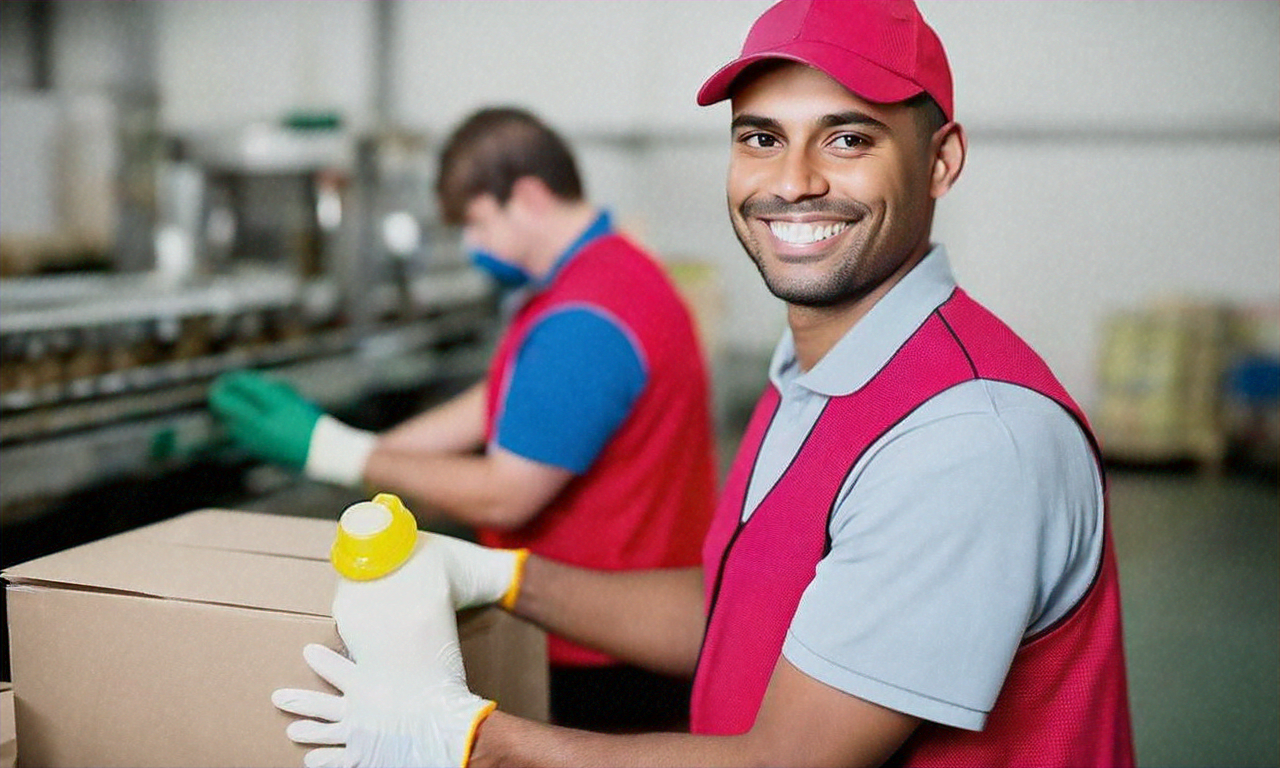Packaging & Distribution Careers: Roles, Pay, Growth
Discover the wide range of packaging and distribution careers that support industries from e-commerce and food production to pharmaceuticals and manufacturing. This guide outlines the skills employers value, typical workplaces, pay ranges, and advancement paths for packaging roles. Learn what to expect—shift patterns, physical demands, and benefits—so you can decide if a packaging career fits your goals.

Essential Skills and Qualifications
Most entry-level positions in product packaging require a high school diploma or equivalent, although some employers will consider candidates without formal education if they demonstrate reliability and aptitude. Success in these roles typically depends on several practical abilities:
- Physical endurance for repetitive lifting and manual tasks
- Basic math skills for counting, measuring, and inventory tracking
- Keen attention to detail to prevent errors and maintain quality
- Time-management to meet production quotas and shipping deadlines
- The ability to work well with coworkers in fast-paced settings
- A solid understanding of workplace safety procedures and compliance
Career Paths Across Industries
Packaging professionals work in many environments and industries, creating opportunities to specialize or switch sectors. Common settings include:
- E-commerce fulfillment centers handling online orders
- Food and beverage production facilities packaging consumables
- Heavy and light manufacturing plants
- Pharmaceutical packaging and labeling operations
- Retail distribution centers preparing goods for stores
- Third-party logistics (3PL) providers supporting multiple clients
Compensation and Typical Benefits
Pay for packaging roles varies by region, employer, and experience level. Entry-level positions often start near minimum wage, and pay increases with experience, responsibility, or specialized skills. Typical annual income estimates are:
- Novice: $22,000 - $28,000 per year — usually with basic health coverage and vacation time
- Experienced: $28,000 - $35,000 per year — often with more comprehensive benefits and retirement options
- Senior/Management: $35,000 - $45,000 per year — frequently including enhanced benefits and performance-based bonuses
These figures are approximate and can change by location and market conditions. Prospective job seekers should research local salary data and employer offerings before making decisions.
Advancement Opportunities
A career in packaging can lead to several upward moves, especially for those who pursue additional training or demonstrate leadership. Possible progressions include:
- Lead or team supervisor roles overseeing small crews
- Quality assurance or quality control specialist positions
- Warehouse or distribution center management
- Logistics coordinator roles connecting packaging with transport and supply chain
- Operations management positions responsible for entire production lines
Work Environment and Typical Schedules
Most packaging jobs are based in warehouses or factory settings and involve standing for extended periods, handling packages, and operating basic machinery or automated equipment. Modern facilities increasingly use ergonomic stations and automation to reduce strain. Common shift patterns include:
- Standard daytime shifts (for example, 9:00 AM to 5:00 PM)
- Afternoon/evening shifts (such as 3:00 PM to 11:00 PM)
- Overnight shifts (often around 11:00 PM to 7:00 AM)
- Weekend or rotational schedules
- Seasonal or temporary roles during peak demand times
Conclusion
Packaging and distribution roles are essential to keeping goods moving across industries. They can be physically demanding but offer stable employment, clear pay tiers, and multiple paths for career development. With practical skills, attention to safety, and teamwork, workers can build a long-term career with opportunities to advance into supervisory or specialized positions.






